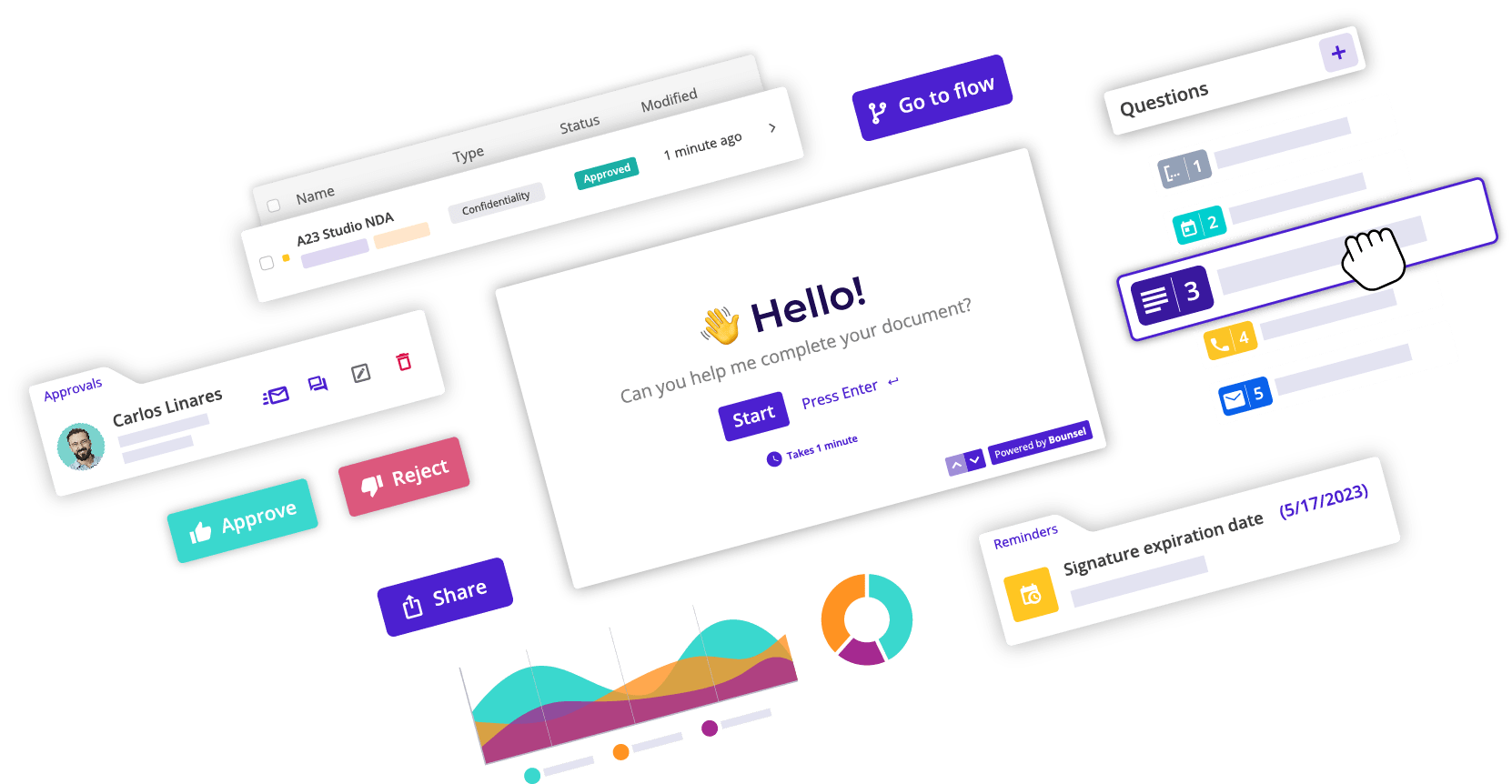Do you want your contract creation and drafting to stop being so boring and inefficient? We tell you how to do it!
Many of us are accustomed to writing contracts in the traditional way (such as by hand or through tools like Microsoft Word or Google Docs, among others), but we are not aware of the advantages of using a document automation platform that promotes collaboration.
Manual drafting still exists, a very residual way of drafting contracts, which has fallen into disuse due to the clear inefficiencies that exist in this modality. In handwritten contracts, the parties usually meet face-to-face and draw up the clauses in writing. However, although it is a method that is still present, new technologies allow contracts to be created digitally, with Microsoft Word being one of the most widely used options today.
In this article, we want to show you how the contractual process has evolved and the benefits that the use of productivity tools will bring to your work. You will discover the advantages that Bounsel offers in terms of contract drafting compared to the forms we are so used to.
Creating contracts in Microsoft Word
This is the most widely used variant and we think that this is because you are not aware of other more efficient alternatives. It is true that this tool is useful as a text editor, allowing you to create contracts in the format you want, which is much faster and more efficient than creating them directly by hand on paper.
On the other hand, when a contract template is established with Microsoft Word, clauses are often not changed when a new contract is drafted or drafting errors occur due to lack of time. It has probably generated more than one headache not being able to automate certain data of these templates…
Pros:
- Tool known worldwide by users.
- Wide variety of fonts, formats and styles.
- Easy to edit and modify without the need to redo the document.
Cons:
- There is an incentive to copy and paste paragraphs without adapting the content to the needs of each case.
- It does not allow contracts to be automated.
- It is necessary to constantly save the document in order not to lose the changes.
Creation of contracts in Bounsel
In Bounsel, users can create unlimited online documents. It also has features specifically designed for contracts and legal documents, as well as useful functionalities also present in Microsoft Word (fonts, paragraphs, text organisation, etc.).
On the other hand, thanks to the smart fields tool, smart templates can be created and contracts can be easily drafted by filling in only the variable fields (e.g. the name of the parties or the company issuing the contract). You can even transform the variable fields into questions, resulting in an interactive form that you fill in and the finished document is displayed to you.
At the same time, Bounsel is designed to make working in a more pleasant and simple environment, leaving aside the sober and tool-heavy design of most word processors. In this way, clients and legal professionals feel more comfortable completing legal documents, encouraging greater productivity.
Pros:
- Easy creation of templates and updating of document content with the smart fields tool.
- Rapid contract creation with smart templates and interactive forms.
Video - Documents can be created from documents already created in Microsoft Word.
- It reduces contract drafting time.
- Its design is user-friendly and intuitive, both for legal professionals and clients.
Cons:
- Learn how to use the Bounsel platform while having your morning coffee.
- It doesn’t have as many fonts, styles and formats as Microsoft Word, but as they say, less is more 😉.
As you have seen, Bounsel offers many advantages over tools and solutions commonly used in the legal sector for the creation of documents.
But that’s not all, you still have to find out how our automation platform will help you. of documents in the next steps of the contractual process. Stay tuned for our next articles and start your digital transformation!
Here you can see the following articles from the 👇 section.
Traditional contracts vs. Bounsel contracts: Collaboration and negotiation
Traditional vs. Bounsel contracts: Electronic signature
Traditional vs. Bounsel contracts: Management












